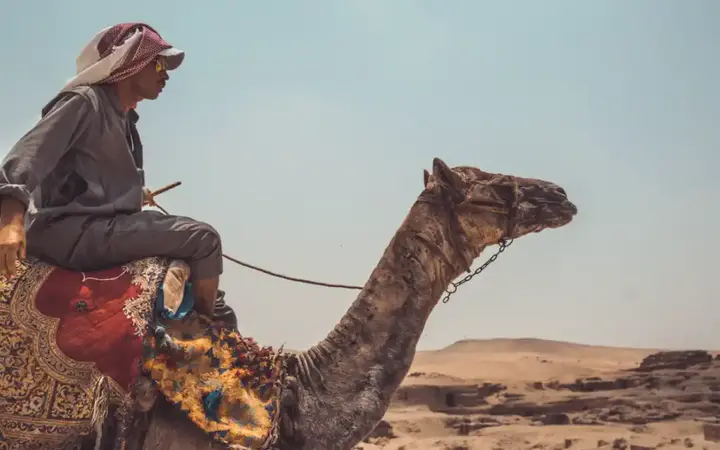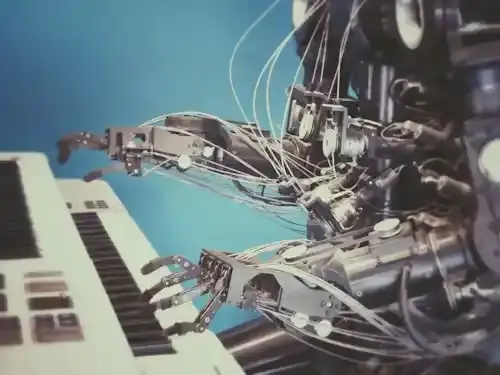Neolithic revolution
It can be said that it was agriculture that allowed civilization itself. Before agriculture, humans were a mix of fishermen, gatherers and fishermen. People lived on land, and this was their job during the whole day many communities had to be nomads to follow prey or move as the seasons changed. Of course, there were some permanently inhabited sites, those that were close to an adequate food source. Food was thus the ultimate determinant of population and human creativity. So agriculture was a transformative invention, allowing people to stay in one place and develop infrastructure. It also freed some group members to do things other than focus on getting food. It made civilization possible.
Recommend
How long does the beginning of planting be?
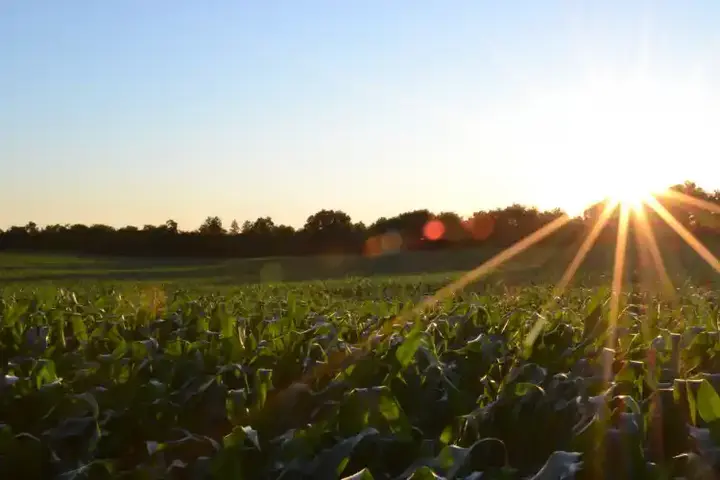
There is consensus that agriculture began in earnest about 12,000 years ago, in the Fertile Crescent now known as Iran, Iraq, Turkey, Syria and surrounding areas. Evidence of this includes domesticated plant residues, as well as evidence of agriculture and food processing. In addition, there is evidence of domesticated animals, which could have been a source of labour and also an additional source of food. But there were also some downsides to this lifestyle shift, as relying on a narrow set of plants reduced dietary diversity and therefore overall nutritional quality. Living with domesticated animals and in large numbers of populations has also seen the emergence of infectious diseases. The latter still infect humanity today However, successful societies have eventually figured out how to grow a range of plants that will provide adequate nutrition. You may have noticed that staple foods in most cultures include a combination of grains as well as legumes, such as corn, beans, rice and lentils, for example. However, it turns out that agriculture may have had much deeper roots. A 2015 study provides evidence of agriculture 23,000 years ago, on the shores of the Sea of Galilee. One piece of evidence was the presence of extensive weeds. This may seem counter-intuitive, but weeds thrive on cultivated and treated land, so an unusual concentration of weeds is a sign of planting. There was also a presence of wild oats, wild barley, and wild fennel, as well as processing tools for these grains and evidence of such processing. Was this a false start that eventually faded away and had to be rediscovered, or was sporadic agriculture part of human behavior in this region thousands of years before systematic farming? It makes sense that starting with planting is difficult. You need a stable society to farm, but you need agriculture to have a stable society. (The topic here is somewhat similar to the problem of chickens and eggs: who ever existed?) Some communities may have cultivated a little on one end.
The second major obstacle – what will you plant?

You've often engaged in an experiment of thought about what it would be like to try to launch civilization if you were suddenly moved to prehistoric society 20,000 years ago or so. Before planting, there were no domesticated or cultivated plants. What is found in the wild is barely edible – except for fruit, which evolved to be eaten as a gift resulting from the distribution of seeds. But even the wild version of most fruits can be considered terrible by modern standards. Only a few plants regularly consumed by humans are still close to their wild forms, such as mulberries. Most other types of fruits we may not be able to recognize at the present time so, it is unbelievable to think that our ancestors used to grow these barely edible plants as a supplement to their diet. It would have taken a lot of work for little return, although when you live on the brink of famine anything increases your chances of survival. Then, over thousands of years, picking and replanting seeds of better varieties gradually transformed these wild plants into modern crops. Seeds therefore became a vital commodity, and were widely circulated as early farmers used sticks to dig and hoe in an attempt to prepare the land for planting. This was not satisfactory at all because the land was quickly depleted, so a new ground fire was used to remove logs and shrubs left from the logging, leaving the soil rich in lime and potash. The new ground will then last for a good few harvests and the process will then have to start all over again. This was known as inclined and inclined agriculture (or swidden - a word from the late eighteenth century, changed by the dialect swithen to burn). The use of cattle from about 4000 BC transformed agriculture, making it possible to plow larger areas and thus cultivate the soil deeper. Bull castration appears to have occurred in northern Iraq simultaneously which also aided in plowing. The subsequent invention of the yoke in Mesopotamia also revolutionized another by being able to bind two monsters together, thus pulling heavier plows.
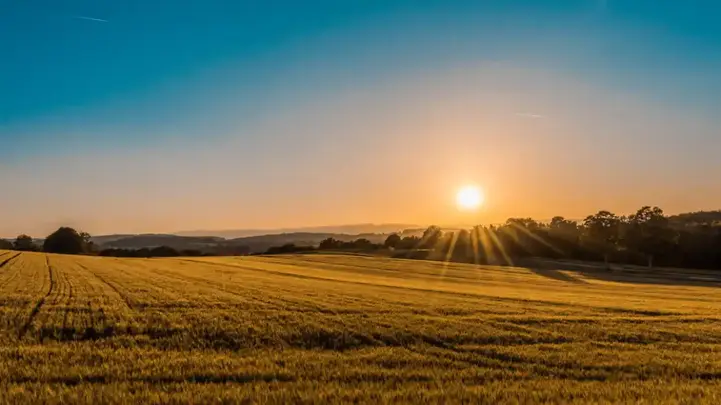
This was the first intensive cultivation since tillage became easier and costing less effort and livestock and animal manure were also used to aid in fertilization. In subsequent centuries, when regular crop rotation was introduced, it also helped to replace nutrients in farming areas. Irrigation fluctuated in its routes in different areas depending on the terrain and the amount of rainfall. The lakes area, for example, is known for the availability of water, but in arid regions, humans had to invent digging wells and canals and building devices (such as the shadov in Egypt - a column with a bucket and a scale used specifically for water and water lifting). There is a continuous relationship between these early farmers for at least 12,000 years, if not longer, and modern agriculture.
Conclusion
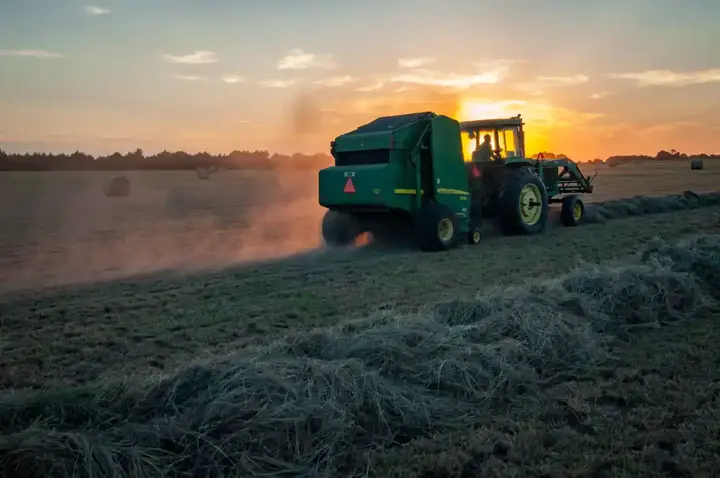
Until very recently, agriculture was still a labor-intensive means of obtaining a steady supply of food. During the colonial period, for example, 95% of the population worked in agriculture. And that left the other 5% to basically do everything else. But agriculture has also allowed for massive population growth, and although 5% represents a small percentage, it constitutes a huge population in absolute numbers – a community of scientists, engineers, inventors, artists, and politicians. Today, only about 2% of the population is engaged in agriculture, which is capable of supporting a population of 8 billion. That is the revolution of agriculture.
![]()
A book that may interest you - Influence: The Psychology of Persuasion
A book that might interest you - Influence_ The Psychology of Persuasion more- ADVERTISEMENT
![]()
25 Amazing Facts About Middle Eastern Culture
25 Amazing Facts About Middle Eastern Culture more- ADVERTISEMENT
![]()
How to price your product? Best Pricing Strategies
Finding the right price for your product is key to profit and customer satisfaction. Try different strategies—like cost-based, value-based, or psychological pricing—and stay flexible. There's no one-size-fits-all method, but aligning your price with customer needs and market factors is the smart move. more- ADVERTISEMENT
![]()
Smart glasses help the sighted! A terrible scientific achievement!
AI-powered smart glasses are changing lives for the blind, offering independence through features like text reading, object and face recognition, navigation, and real-time translation. Though challenges like cost and privacy remain, users report life-changing benefits, and ongoing development promises even more possibilities for accessibility and inclusion. more- ADVERTISEMENT
![]()
The Genius of Nature: 8 Amazing Technological Innovations Inspired by Nature
Nature has sparked incredible inventions—from quieter express trains shaped like kingfishers to painless needles modeled after mosquitoes. Even butterfly wings help improve solar cells. These smart ideas not only improve our daily lives but also open big doors in tech and business. more- ADVERTISEMENT
![]()
Artificial Intelligence and the Future of Jobs: How to Adapt in the Age of Automation
Artificial intelligence is revolutionizing how we work and live, creating exciting new job opportunities while reshaping old ones. As AI grows, jobs needing creativity and critical thinking will thrive, while routine tasks may vanish. Embracing continuous learning and adaptability is key to staying relevant in this fast-changing world. more- ADVERTISEMENT
![]()
Things people with emotional intelligence never do
Emotional intelligence helps people understand and manage emotions, leading to better relationships, improved teamwork, and stronger mental health. It can be developed through self-reflection, mindfulness, and active listening. Emotionally intelligent people avoid impulsive actions and build balanced lives with better decision-making and communication. more- ADVERTISEMENT
![]()
The most important unexplained heavenly phenomena that the world has witnessed
From glowing green flashes at sunset to fiery volcanic lightning and mysterious sky vortices, the heavens unveil rare phenomena that still baffle scientists. These atmospheric wonders continue to inspire awe as global research teams work to reveal their secrets through advanced observation and study. more- ADVERTISEMENT
![]()
Immersion in Guinea-Bissau culture: music, dance and festivals
Dive into Guinea-Bissau’s lively culture through its traditional music, storytelling dance, and vibrant festivals like Tabanka and the Bissau Carnival. Join the locals, feel the rhythm, and celebrate a heritage rich in African, Portuguese, and indigenous spirit—every moment is a joyful celebration of life and connection. more- ADVERTISEMENT
![]()
Sama Beirut... Unique skyscraper
Sama Beirut, Lebanon’s tallest tower, rises with elegance in Achrafieh, offering stunning sea and mountain views. Built by Fadi Antonios out of love for his homeland, it blends green space, luxury living, and modern safety features—all in one iconic landmark symbolizing hope and resilience. more- ADVERTISEMENT













